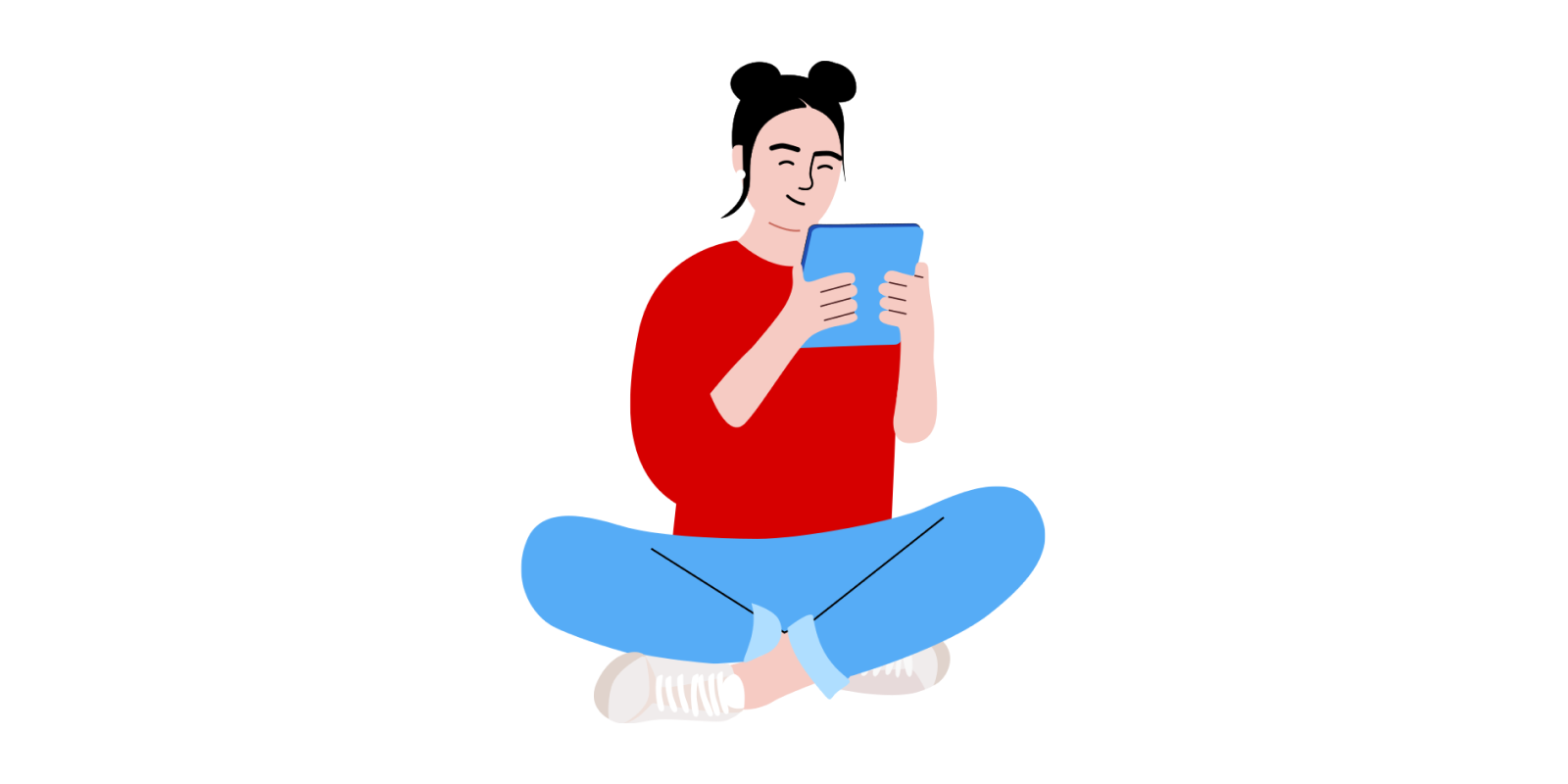The Rise of Slow Feeds
We need better, slower feeds.

In a few years, they're going to be everywhere: slow feeds, one-off digests, highly filtered content from your favorite sources.
Fewer algorithms, less recommended content, more good stuff from people you actually care about.
We're already seeing it with Substack. How cumbersome is it to subscribe to a different newsletter from each writer you want to follow? Still, people would rather do this than get lost in yet another platform where the signal gets lost in a sea of noise.
The transition is also from synchronicity to asynchronicity. Staying home locked down for months helped us realize that we could easily spend 8 full hours per day scrolling feeds, and yet no end would ever be in sight.
Why? Because that's how feeds are built: they're intrinsically synchronous, addictive, and endless.
The solution? Slower feeds. Better feeds. Purposeful and controlled digests, versus endless and mindless flows of information. A few companies are attempting to build them — mine among them — and I bet they're going to be everywhere soon.
While many tech companies will still try to get AIs to guess what's the next article you want to read, others will hopefully give back control in our hands, and try to unlearn what years of obsession for algorithms taught us. That's how we ended up here anywhere.
There must be a reason we miss Google Reader.